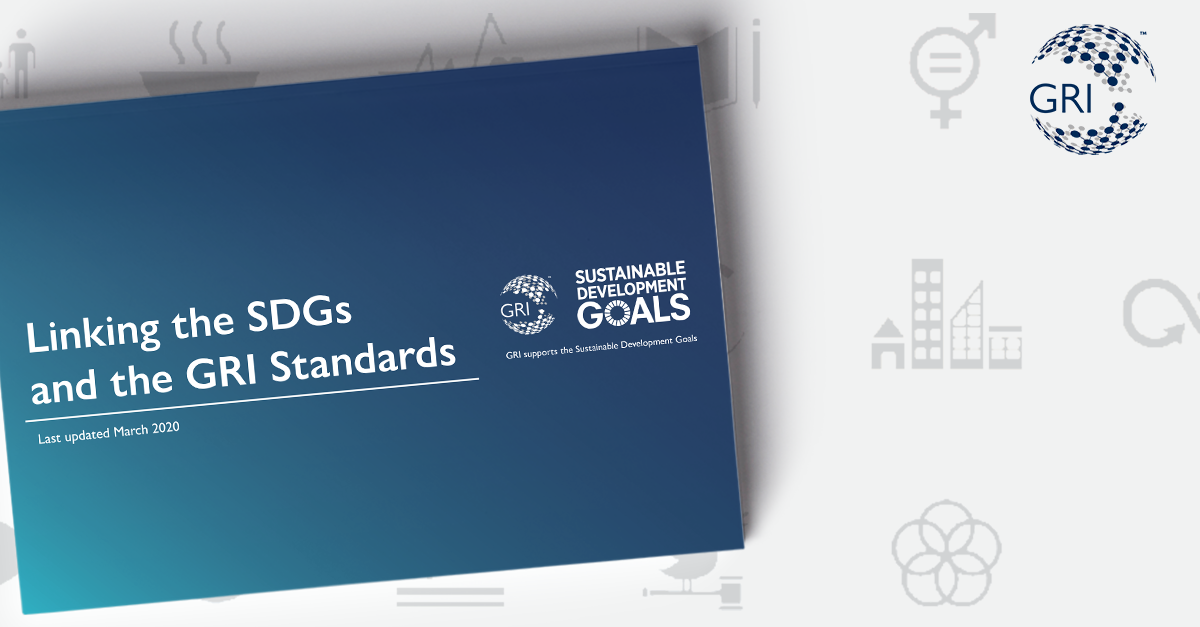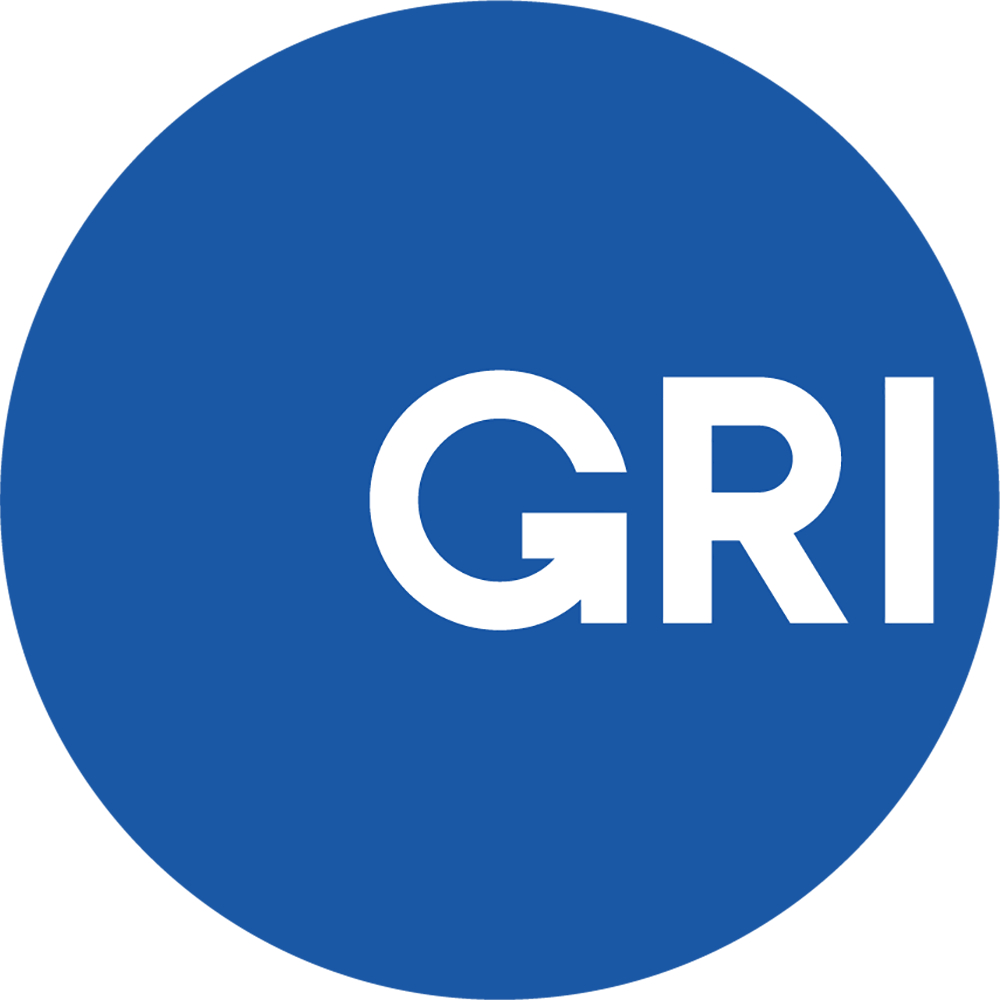How to Link the GRI Standards With the SDGs
Helping organizations show SDGs progress in their sustainability reporting

May 11, 2020 /3BL Media/ - An updated resource is now available to assist companies to report on progress in support of the UN Sustainable Development Goals (SDGs) through the GRI Standards.
The new document – Linking the SDGs and the GRI Standards – covers the 17 SDGs and maps them against the Standards and disclosures that apply for each. This makes it easier for organizations to use their reporting through the GRI Standards to assess how they impact the SDGs.
Revised to cover all new and updated GRI Standards, the document replaces a previous version from 2016 (which was part of the SDGs Compass). It now includes GRI 207: Tax 2019, GRI 403: Occupational Health & Safety 2018, and GRI 303: Water & Effluents 2018.
GRI has developed tools and initiatives that help enable a strong private sector role in measuring and achieving the SDGs. This includes the Business reporting on the SDGs resources, created in collaboration with UN Global Compact. Meanwhile, examples of corporate SDG reporting were launched in February.
Driving Corporate Action Towards Accomplishing the SDGs, a partnership led by GRI and Enel, continues this year. This project has involved online collaboration forums, to explore how to increase the SDGs contribution made by companies. The next stage will include regional events to develop new solutions and continue the dialogue.
Target six under SDG 12 requires all countries to encourage companies to adopt sustainable business practices and include sustainability data in their corporate reporting.
The Global Reporting Initiative (GRI) is the independent international organization that helps businesses, governments other organizations understand and communicate their impacts. The GRI Standards are the world’s most widely used for sustainability reporting.

